 TIP #1: WORK AT YOUR DOG'S LEVEL If your outing was not as enjoyable or successful as you would like, spend some time at home working on the cues your dog struggled with. Then pick an easier outing, such as a café during the afternoon lull instead of the morning rush. Bring tastier treats and go before your dog’s mealtime, not after. TIP #2: PHARMACOLOGICAL INTERVENTION "I'm not going to put my dog on drugs!" "I don't want my dog to be a zombie!" I have heard these types of comments over the years from owners of dogs with major behavior issues. The sad part is that as much as those folks loved their dogs and thought they were protecting them by avoiding drugs, the dogs were suffering greatly, and could have been greatly aided by pharmacological intervention. Now, I'm the last person to cavalierly suggest that a dog needs to be on drugs; it's not the right solution for every individual, and there are potential side effects with any type of medication. But the side effects of chronic, severe emotional distress must also be considered. Just as with people, constant or even frequent anxiety can cause all manner of physical ills. Dogs can become afflicted with gastric ulcers, atrophy of the lymphatic glands, and even suppression of the immune system, which in turn opens the door for illness and disease. That said, a course of drug therapy, as helpful as it may be, is not likely to solve your dog's behavior issues on its own. Drugs are meant to be used in conjunction with a behavior modification program, not as an alternative to it. - excerpted from Nicole Wilde's Don't Leave Me!  Little Ruger was like a sponge tonight, soaking up Down, Leave It, and Drop It. That is until he got pooped by all the hard work he was doing. What a smart dog. 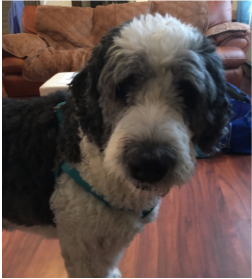 Today we taught Tilly how to Leave It. She started out slowly but when she figured out the 'game' she did exceptionally well.  We were able to get Marigold to sit every few feet in the driveway as we approached the street. It may not sound like much, but it's a huge improvement for a dog who is hyper- vigilant of the environment. 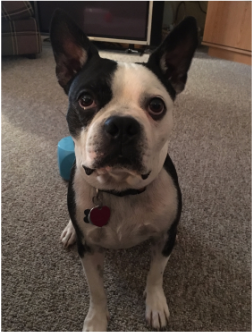 Bam Bam is reactive to people and dogs on his walks, so our first order of business was to get him calm before we even walked out the door. We practiced calm behavior while putting his harness and leash on, and again when exiting the door. As a result he had a great walk!  TIP #1: UNDERSTANDING YOUR DOG'S VOCAL COMMUNICATIONS Canine vocal communications can be classified as barks, growls, howls, whines, and whimpers. Within those classifications, the sounds can have varying meanings. Your dog's voice must be taken in context with the rest of his behavior and body language for you to truly understand what he's saying to you. - The Whole Dog Journal TIP #2: DOMINANCE IS A NON-ISSUE What is important is the good relationship between you and your dog, and getting training results that allow you to live harmoniously together. Good training sets the human and the dog up to both get what they want so everyone is happy. For example:
With methods like these, everyone wins. You get a happy, well-behaved dog and your dog gets to chase balls, sniff other dogs, and eat treats, all of which are high on his list of priorities.  This is Ruger, a 5-month old Rottweiler. He needs some help with his basic manners as well as learning how to get along nicely with his new 2-legged and 4-legged siblings, and we are very happy to help. He is such a sweet boy. |
AuthorJeff Dentler, CPDT-KA, IAABC-ADT, FFCP, CTDI Archives
July 2024
Categories |

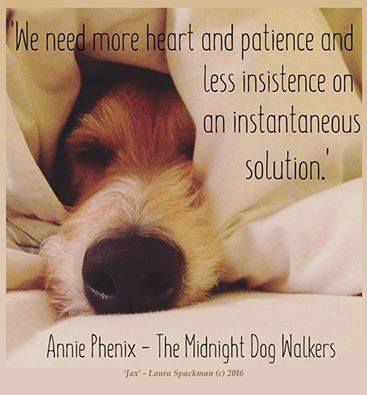
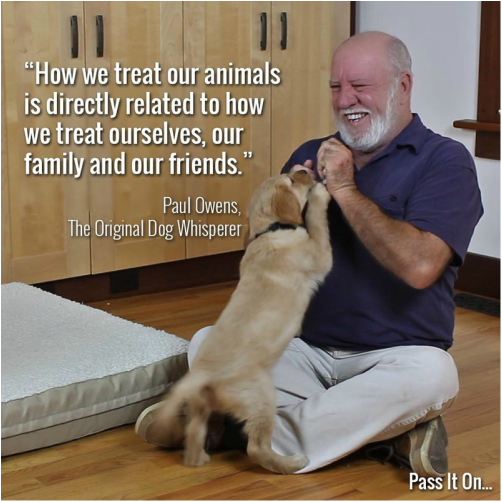
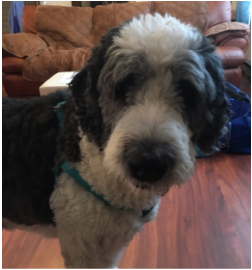
 RSS Feed
RSS Feed